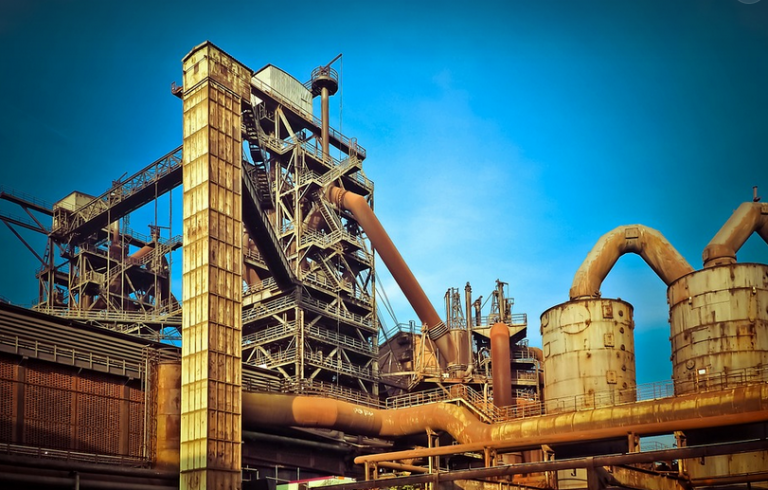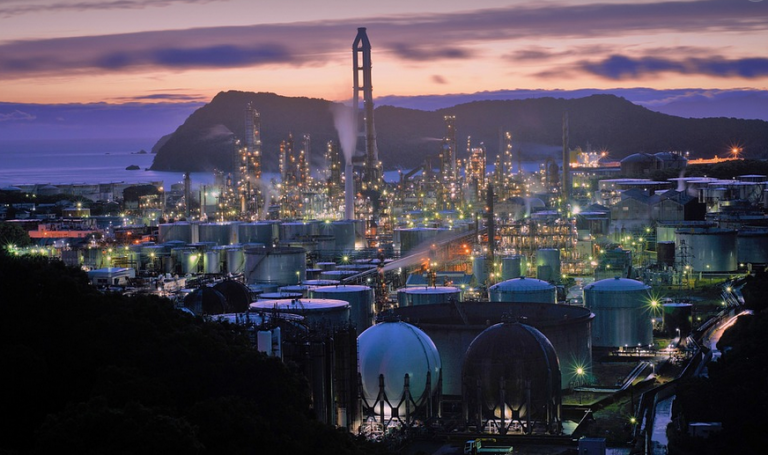
What is Carbon Freezing?
Imagine a world where we can literally freeze carbon dioxide, the very greenhouse gas that’s driving climate change, right out of our atmosphere. That’s exactly what “carbon freezing” is all about—a groundbreaking technology with immense potential to combat global warming. But how does it work? Let’s dive deeper.
Carbon freezing involves a complex process that takes advantage of the unique properties of certain materials and their interactions with carbon dioxide (CO2). The basic idea is to manipulate CO2 molecules into a solid state, which essentially traps them, effectively removing them from circulation. This might sound like something out of a science fiction movie, but it’s based on scientific principles and ongoing research.
One of the key components in carbon freezing technology is specialized materials known as “cold-absorbing” or “cryogenic” materials. These materials have an ability to absorb heat energy from the atmosphere and convert it into a form that can be easily stored or transformed. They’re designed to effectively lower temperatures, enabling the CO2 molecules to solidify.
The other crucial element in this process is a complex interplay of physics, chemistry, and engineering. It involves using specific types of pressure (like high-pressure chambers), carefully controlled temperatures, and specialized catalysts to ensure efficient conversion of CO2 into a solid form. This intricate combination works together to achieve the desired outcome.
Unlocking the Potential: How Does it Work?
Let’s break down the steps involved in carbon freezing:
- **Capture:** The process starts by capturing CO2 directly from the atmosphere, often via specialized industrial plants or even through large-scale power generation facilities. These systems can be designed to capture emissions before they enter the atmosphere.
- **Liquefaction and Phase Transition:** The captured CO2 is then transported to a specialized facility where it’s supercooled using cryogenic materials. This process, combined with precise temperature control and pressure manipulation, allows the CO2 to transition from a gaseous state (CO2) to a liquid-like form, which can be manipulated further.
- **Reducing Emissions:** Carbon freezing directly targets CO2 emissions. By capturing and storing them, we can lessen the amount of CO2 released into the atmosphere, effectively mitigating global warming.
- **Carbon Sequestration:** Carbon freezing helps in permanently removing CO2 from the environment while simultaneously preventing its release back into the atmosphere as it is being stored for long-term use.
- **Clean Energy Transition:** Carbon freezing offers a crucial component to transition towards cleaner energy sources. It facilitates the storage of CO2, which can be used in various new technologies and applications that rely on renewable energy.
- **Energy Storage:** It’s used to store renewable energy generated by solar and wind power systems, ensuring that this clean energy is available when needed.
- **Industrial Applications:** The technology finds application in industrial settings where CO2 emissions need to be controlled or captured for efficient processes.
- **Carbon Capture & Storage (CCS):** It’s a key component of CCS projects, helping to manage emissions from various industries and power plants while mitigating climate change.
- **Cost of Development:** A significant investment is required for research and development, especially in infrastructure and technology improvements.
- **Scalability and Deployment:** Scaling up production to meet global climate demands will be crucial. Efficient deployment strategies are essential to ensure widespread adoption.
- **Geopolitical Factors:** Cooperation between nations is critical to ensure a collaborative approach in addressing global warming needs.
**Freezing:** The liquefied CO2 is then subjected to freezing temperatures under controlled conditions. Here, it transforms into a solid, a stable phase that’s highly resistant to atmospheric factors like pressure and temperature fluctuations.
**Storage:** The frozen CO2 is then safely stored in specialized underground vaults or cryogenic containers for long-term use. These storage options ensure the safety and longevity of this crucial resource.
**The benefit?** This process not only tackles climate change but also offers a clean and efficient way to store CO2, making it a vital component in a sustainable future.
The Importance of Carbon Freezing: A Game Changer for Future
Carbon freezing stands as a beacon of hope in the fight against climate change. With its potential to drastically reduce greenhouse gas emissions, we’re looking at a world where environmental challenges are met head-on.
This technology holds immense promise for addressing various climate concerns:
The potential applications of carbon freezing are vast. As we venture towards a more sustainable future, this technology will likely play a pivotal role.
How is Carbon Freezing being Used?
Carbon freezing has already begun making its way into various real-world applications:
As research and development continue to advance, we can expect more innovative applications of this technology in the years to come.
Challenges & Future: What lies ahead?
While carbon freezing holds tremendous promise, it’s not without its challenges:
Despite these challenges, the long-term benefits of carbon freezing outweigh them considerably. As research and development accelerate, we can expect significant progress in overcoming these hurdles, paving the way for wider adoption and impactful climate solutions.
Looking ahead to 2024 and beyond, the future of carbon freezing is incredibly bright. We are on the cusp of a revolution in how we address climate change, unlocking new possibilities for a more sustainable world.
With continued research, investment, and international collaboration, carbon freezing will likely play a pivotal role in shaping a healthier planet for generations to come.


